Multiple explosion rip through Kiev while heavy fighting rages in Donbas
Multiple explosions ripped through the Ukrainian capital Kiev in the wee hours of Monday morning, according to local officials.
Sirens were heard moments before the first explosion at around 6:35 am local time (0335 GMT), followed by sirens across the country, reports said.
“The capital was attacked by kamikaze drones,” Ukrainian president's chief of staff Andriy Yermak said. “We need more air defense systems and as soon as possible. We have no time for slow actions. More weapons to defend the sky and destroy the enemy.”
Vitaliy Klitschko, the mayor of Kiev, confirmed at least two blasts in the city’s central Shevchenkiv district in a series of statements posted on Telegram.
He said several residential buildings had been damaged, urging residents to stay in shelters. The mayor also uploaded a photo of debris seen on a pavement, calling it a "wreckage" of one of the kamikaze drones.
Local media also reported strikes in Sumy Oblast in north-east Ukraine as well as Dnipropetrovsk in the south-east, where a fire broke out at an energy facility after it was hit by a missile.
Dmytro Zhyvytskyi, the governor of Sumy, said a rocket attack struck a critical infrastructure facility in the region’s Romensky district.
“There are victims,” he reported on his Telegram channel, without providing more details.
The strikes on Monday come a week after a series of missiles hit Kiev and other cities across the conflict-battered country, leaving dozens dead.
The air raid on October 10 was in response to a powerful blast that targeted a bridge connecting the Russian mainland to the Crimean Peninsula.
The explosion on October 9 set fire to seven oil tankers that were being carried by rail to Crimea, sparking a massive blaze and killing at least three people.
Russia’s Federal Security Service (FSB) accused Ukraine’s military intelligence service and its director, Kyrylo Budanov, of organizing the attack, with a Kiev agent reportedly coordinating the transit of the explosives.
Ukraine has not claimed responsibility for the explosion, however, presidential adviser Mykhailo Podolyak in a Twitter post called it “the beginning.”
Putin, who dubbed the Crimea bridge blast a "terrorist act" carried out by Ukraine's secret services, vowed to react forcefully if such attacks continued.
Heavy fighting in Donbas region
Meanwhile, Russian and Ukrainian forces are reportedly embroiled in heavy fighting around two towns in the eastern Donbas region.
Fighting intensified this weekend in Donetsk and Luhansk, which make up the industrial Donbas, and the Kherson province in the south of the country.
Ukrainian President Volodymyr Zelensky said in his nightly address on Sunday that "the key hot spots in Donbas are Soledar and Bakhmut," where "very heavy fighting is going on."
Russia's defense ministry said on Sunday its forces had repelled efforts by Ukrainian troops to advance in the Donetsk, Kherson and Mykolaiv regions. Russia also said it was continuing air strikes on military and energy targets in Ukraine.
Donetsk and Luhansk, and Kherson constitute three of the four regions Russia recognized as independent sovereign states last month after holding referendums that saw massive participation of voters.
Referendums on joining Russia were held in Zaporizhzhia and Kherson, as well as the Donetsk People’s Republic (DPR) and Lugansk People’s Republic (LPR), between September 23 and 27, which saw an overwhelming majority of people voting to be part of the Russian Federation.
The referendums, however, were denounced by Kiev and Western governments as illegal.
It came seven months into Russia's military operation in Ukraine, which was launched in late February, following Kiev’s failure to implement the terms of the 2014 Minsk agreements and Moscow’s recognition of the breakaway regions of Donetsk and Luhansk.
At the time, Putin said one of the goals of what he called a “special military operation” was to “de-Nazify” Ukraine, as well as to defend people "who for eight years are suffering persecution and genocide by the Kiev regime.”
US fighter aircraft shot down ‘in friendly fire’ amid aggression on Yemen
Yemeni FM: Israel’s sponsors accountable for ongoing aggression on Sana’a
Eight Palestinians killed as Israel attacks Gaza school, hospitals
VIDEO | Rome, Milan host new protests in solidarity with Palestinians
Dec. 21: ‘Axis of Resistance’ operations against Israeli occupation
Spain jurists demand ties with Israel ties be cut
VIDEO | Press TV's news headlines
VIDEO | Iran honors top Science Olympiad medalists


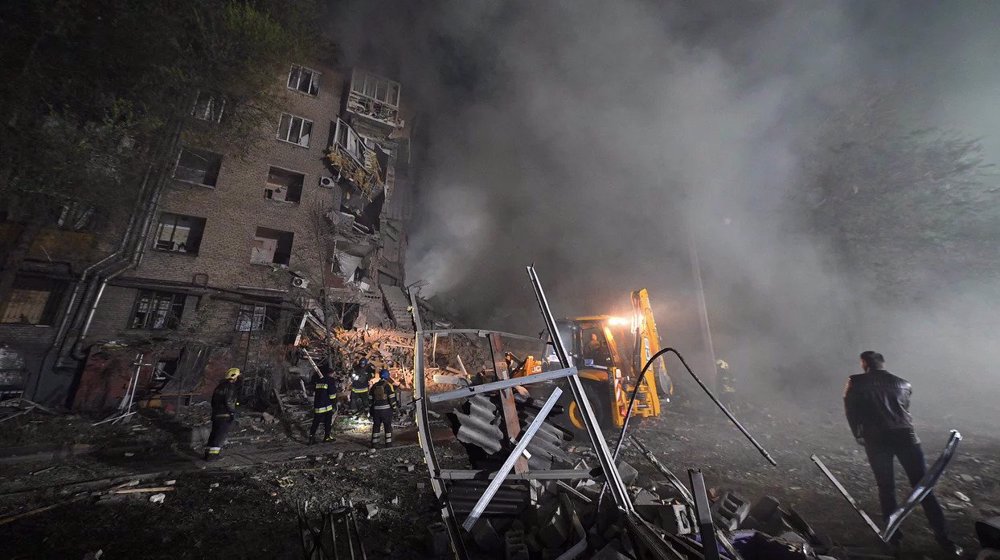
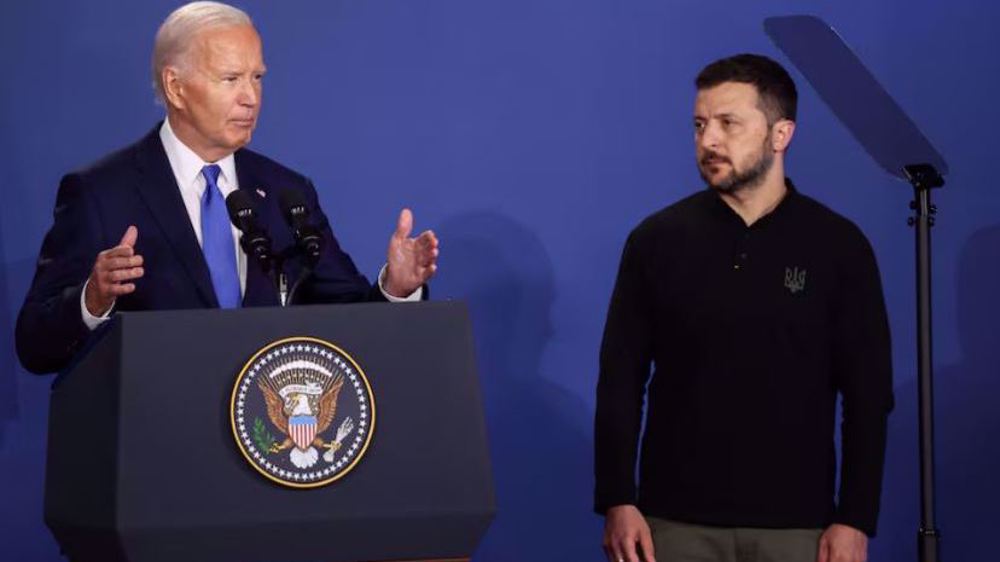
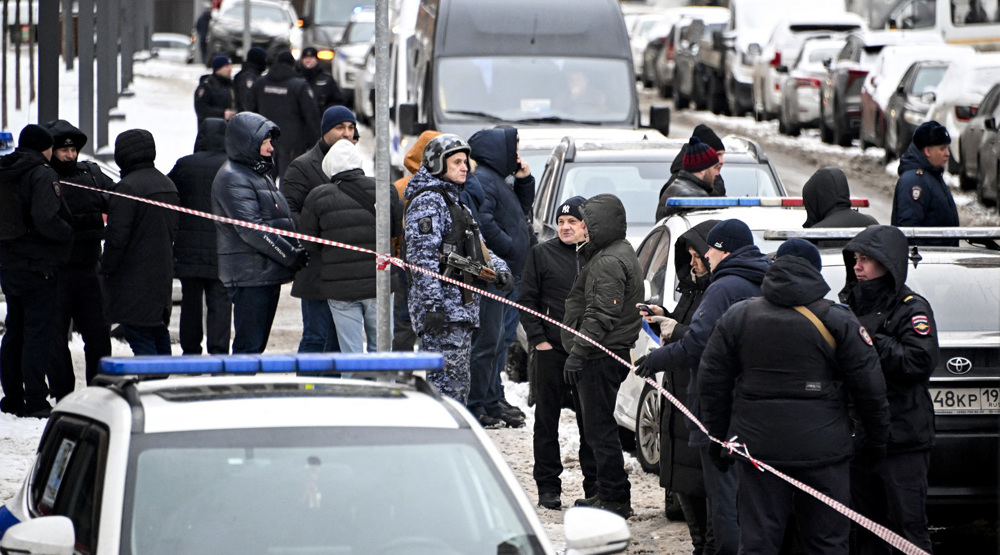
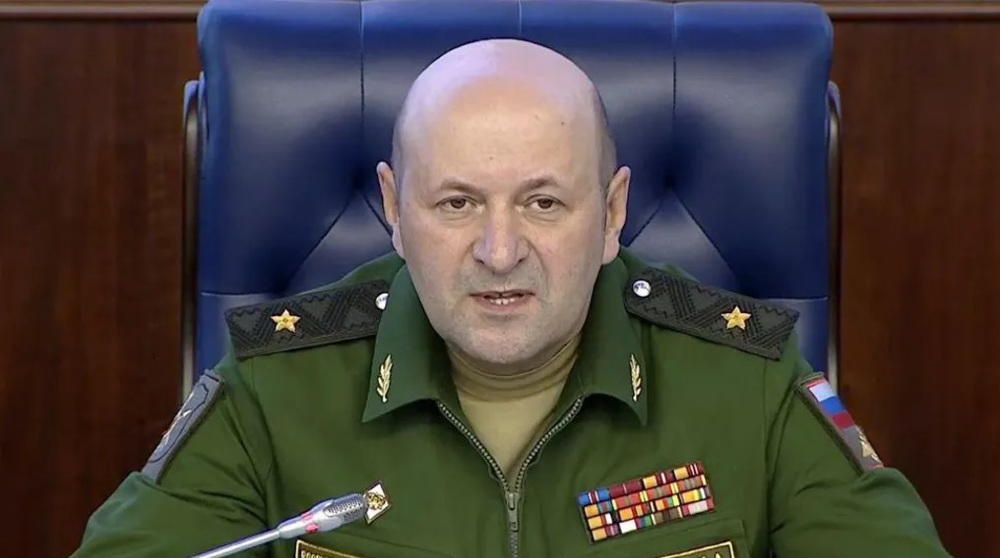



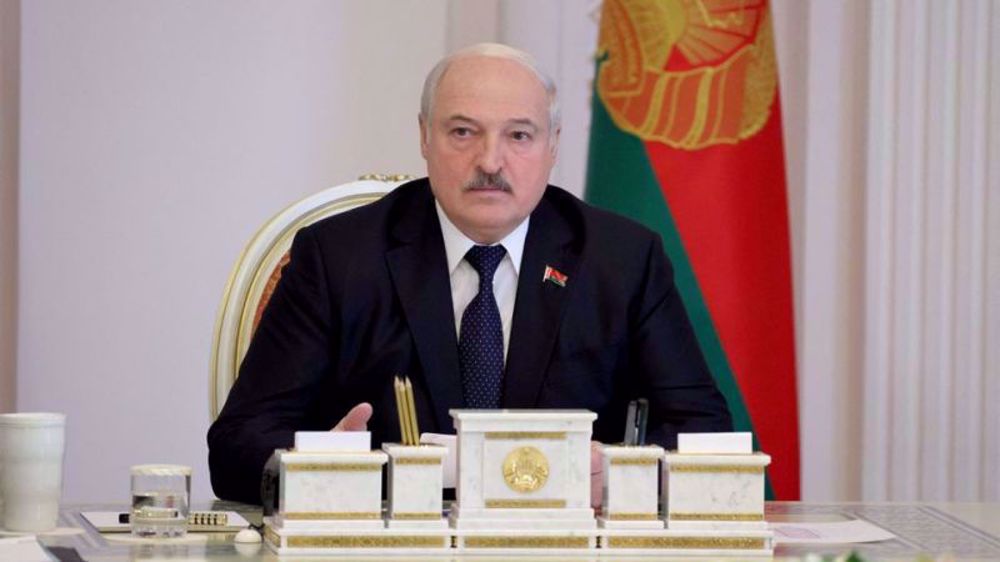
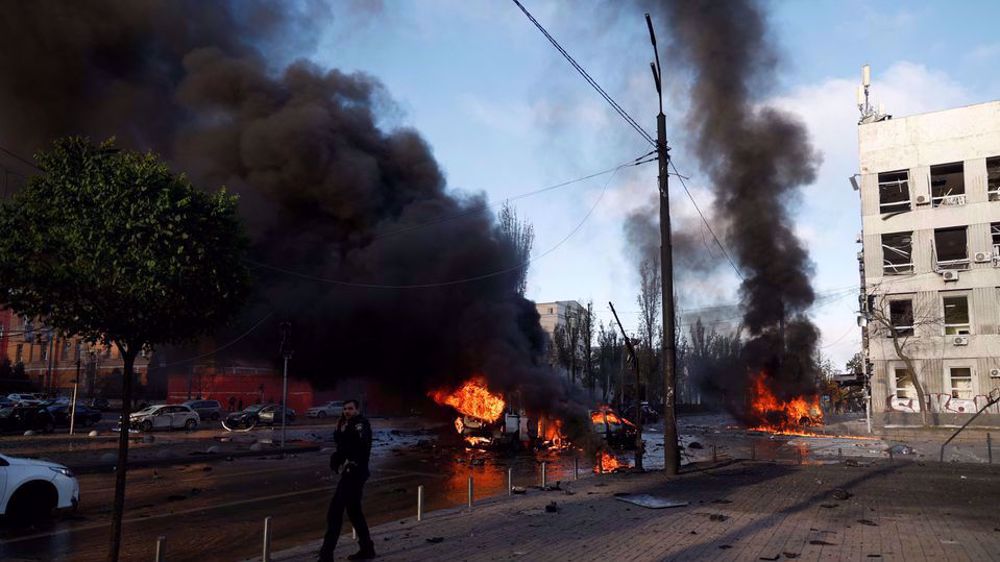
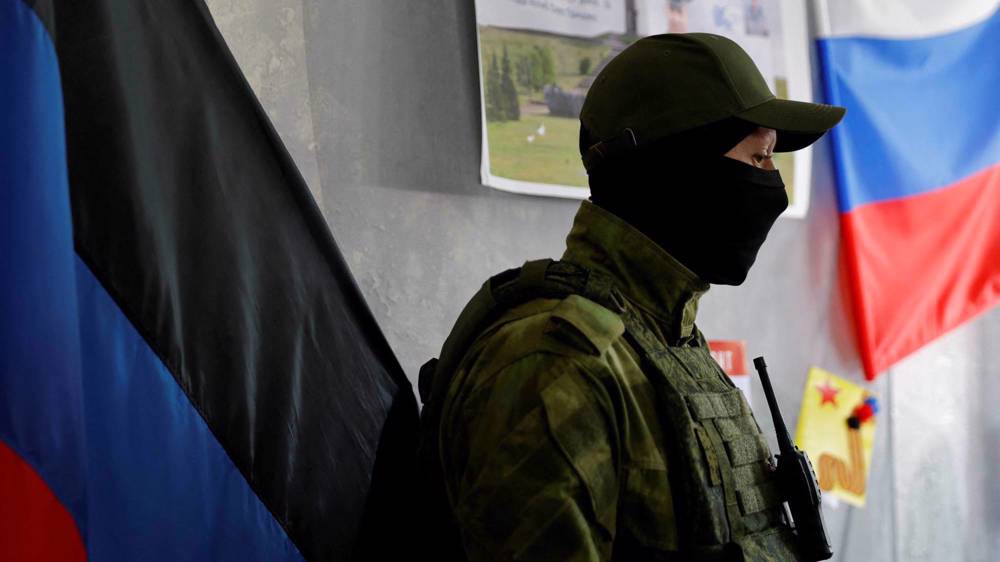
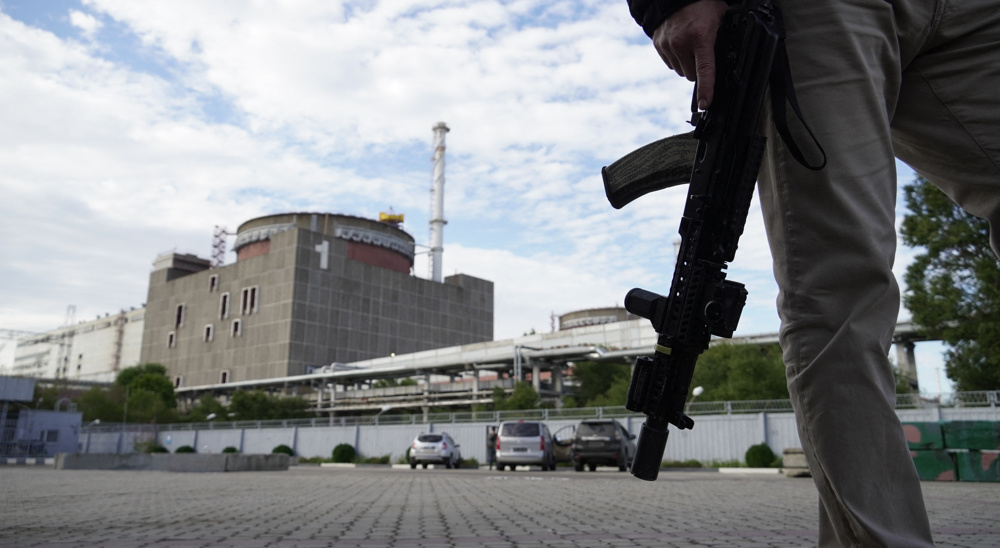

 This makes it easy to access the Press TV website
This makes it easy to access the Press TV website